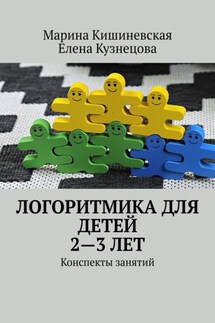Труды III Республиканской научно-практической online-конференции «Образование XXI века: проблемы, тенденции и перспективы» - страница 32
Actualize and deepen the student’s knowledge of programming in various programming languages, as well as their advantages and disadvantages in terms of design. With the help of an advance task, to intensify the student’s cognitive activity in working with educational and scientific texts. Formation of communication skills in undergraduates (publicly speaking on the topic, conducting a dialogue, participating in discussions, actively listening).
2. Tasks
– Identify solutions to this problem;
– Realization of interdisciplinary connections;
– Formation of an active position of students on the protection of project work;
– Development of collaboration skills.
4. Equipment
– Computers;
– Interactive whiteboards.
1—2 weeks before the start of the lesson, each member of the group (if there are few students in the group, and if there are many, divided into groups of several people) are given tasks – to study the theoretical foundations of the features of different programming languages and prepare research results.
Analysis
When performing laboratory work, an individual independent performance by each student of all the elements of the task is achieved, this cannot be achieved during the performance of laboratory work at the experimental stand. Below is a diagram to determine the level of knowledge of students in experimental and control groups:
The results of an experimental study of students obtained at one stand in a team are not always processed by each student personally. Individual students were creative in developing calculations for their options, presenting results, showed the ability to analyze and draw the right conclusions and make rational suggestions.
The most theoretically trained and computer technology-savvy students have shown ingenuity in presenting the results of the work done, both graphically and analytically.
All of this, plus the learning outcomes, led to the following conclusions:
1. Indeed, in the case of project-modular education, each student is involved in an active and effective teaching and cognitive activity, working with a program differentiated by content and dose;
2. Here is the individualization of control, self-control, correction, counseling, the degree of independence;
3. This training system guarantees each student the development of the standard of education and promotion to a higher level of education.
Thus, the use of project-module training in independent work on solving problems of a creative nature, i.e. with the hidden composition of the initial data allows students to discover new knowledge and phenomena (this element of novelty is fundamentally new for students, which is new to science and technology). Conditions for the development of each student participating in the project are created.
In order to successfully conduct a class on analyzing a practical situation, students should be given lectures, seminars and practical classes on topics that will be covered in the process of resolving the situation. It is desirable that students can use teaching materials on these topics. Moreover, it is not necessary that all topics be completed and completed.
Design-modular training has a clearly defined professional orientation. It is of interest to students in the subject «Programming» and to their future specialty.
This suggests that the application of the project method in academic work is very effective for organizing independent work of students and brings good results.









